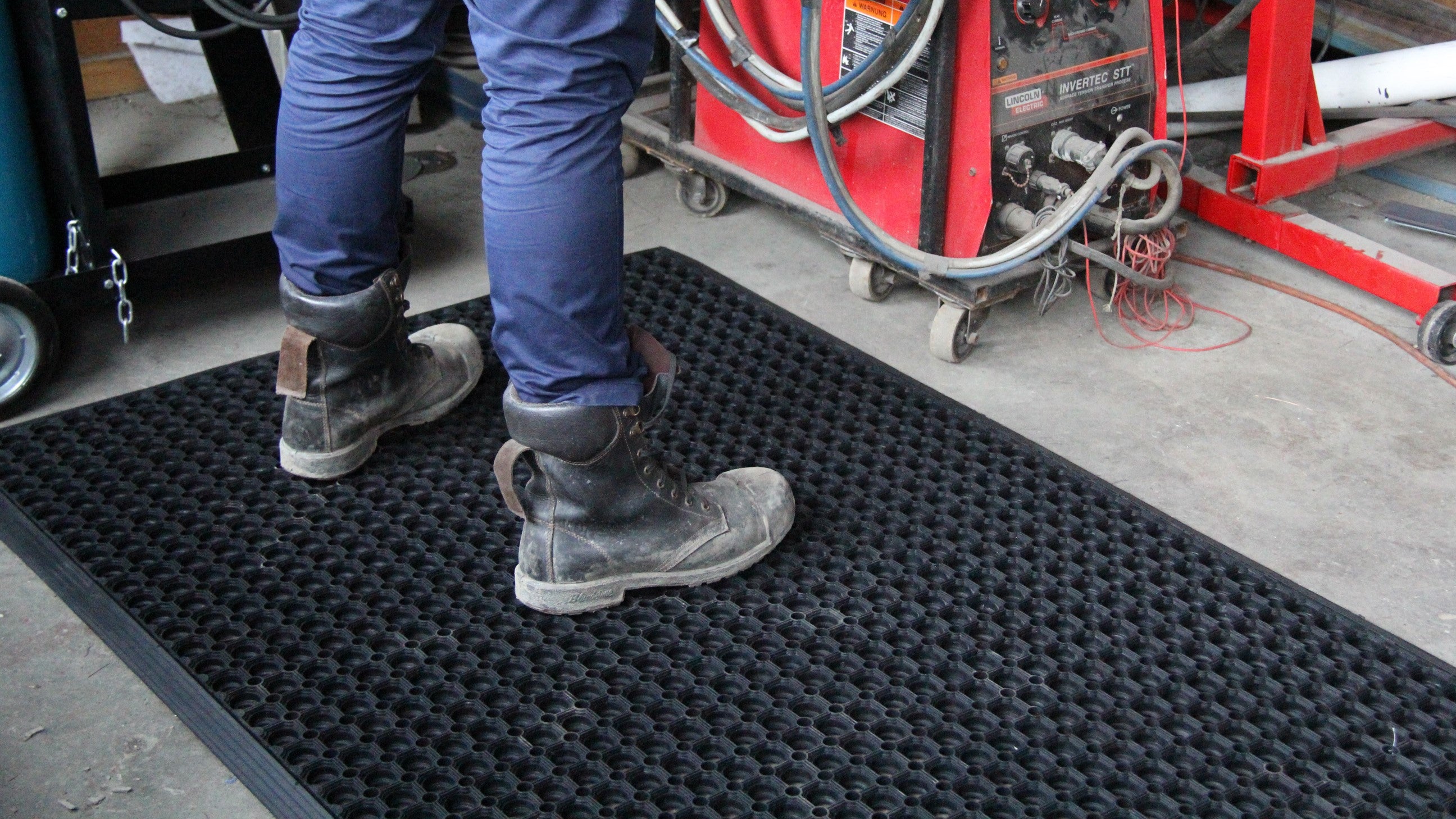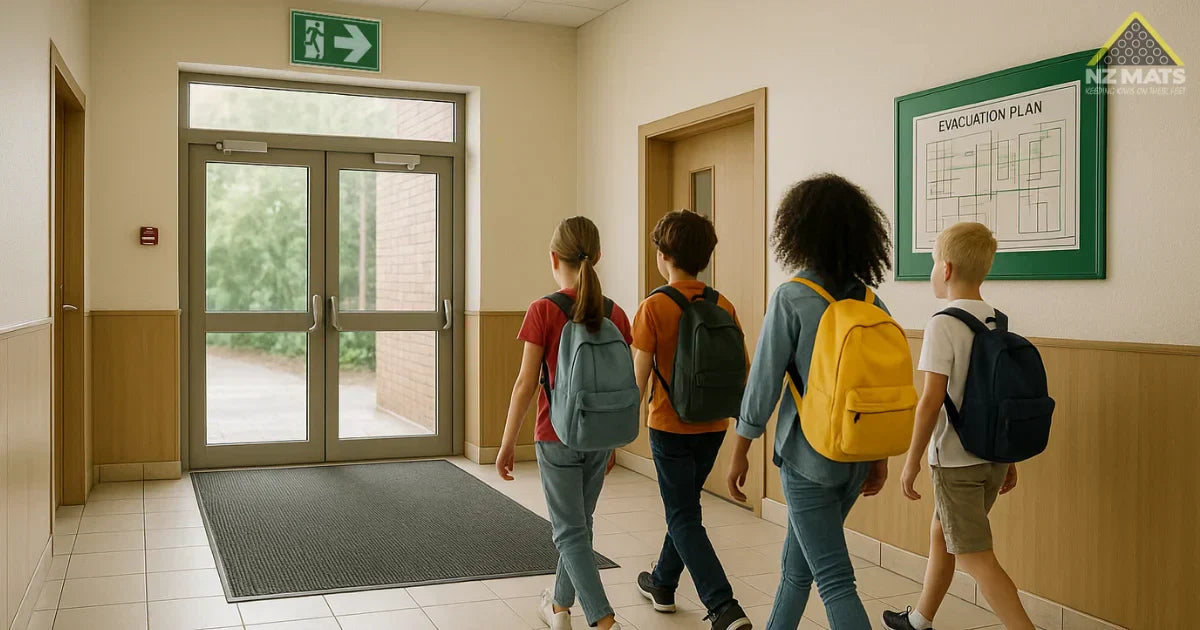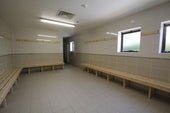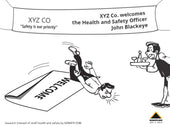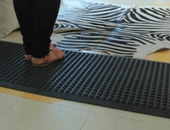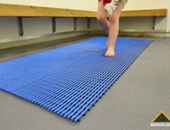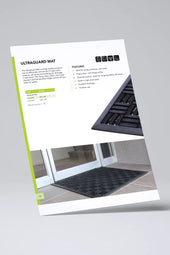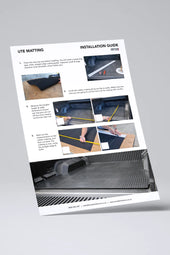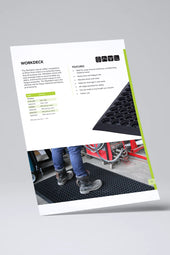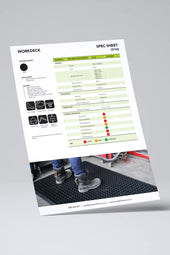Emergency preparedness is a top priority in New Zealand schools, but it often focuses heavily on high-visibility items—alarms, drills, kits—while neglecting foundational components like safe flooring. What many don’t realise is that the floor beneath us plays a critical role in how well a school can respond during an emergency.
Mats for schools are not just helpful additions; they are essential tools for creating safer evacuation routes, reducing injury risk, and keeping everyone on their feet when it matters most.
This article explores how quality matting supports emergency readiness, meets Ministry of Education guidelines, and creates safer learning environments.
Emergency Scenarios in NZ Schools: Why Flooring Matters
Natural disasters, fires, medical emergencies, and severe weather events can all trigger school evacuations in New Zealand. Each of these scenarios requires students and staff to exit the premises quickly and safely. During such moments, the flooring environment directly affects how swiftly and securely people can move.
Slippery surfaces, uneven paths, or worn-out mats increase the likelihood of falls, especially when adrenaline is high and visibility may be low.
According to the Ministry of Education building guidelines, all school evacuation routes must be safe, clear, and free from slip hazards. Flooring is not just a background element—it’s part of the evacuation strategy.
Role of Non-Slip Matting During Evacuations
Non-slip matting in NZ plays a critical role in preventing accidents during emergency evacuations. Wet conditions are common throughout the country, and rain-soaked shoes quickly create hazards indoors. Without adequate matting, entranceways and hallways can become dangerously slick.
Why Choose Non-Slip Mats for Schools?
-
Designed to absorb water and dirt at key entry points
-
Help maintain traction during high foot traffic
-
Provide a barrier against slips, especially in winter or rainy months
-
Contribute to a clean and professional school environment
During evacuations, non-slip matting acts as a frontline defence, especially when placed near doors, staircases, and hallways. These mats not only support daily movement through the school but also come through when it counts during emergencies.
What Types of Mats Are Best for Wet Areas?

Rubber-backed, absorbent mats with heavy-duty fibres are ideal for entrance areas, as they reduce moisture and hold their position firmly underfoot.
Fire-Resistant Mats in Exit Routes and Assembly Areas
In emergencies involving fire, every second counts. Safe evacuation routes need to remain clear but also fire-resistant. Fire-resistant mats serve as protective flooring that resists ignition and helps prevent flame spread in areas where students are likely to congregate or pass through quickly.
Benefits of Fire-Resistant Mats:
-
Made from materials tested to resist ignition
-
Help maintain safer escape paths during fire drills or real events
-
Suitable for use in assembly halls, exits, and stairwells
-
Help schools align with building and safety codes
Fire-resistant mats are especially important in high-traffic exit zones, where panic or crowding may otherwise lead to slips or tripping over displaced materials. Their sturdy construction helps them stay in place and hold up under pressure.
Are Fire-Resistant Mats Required in All NZ Schools?

While not mandatory for all areas, fire-resistant mats are highly recommended in main exit routes and assembly areas. They support risk reduction and help align with Ministry safety expectations.
Ministry of Education Guidelines and Floor Safety Integration
The Ministry of Education’s building guidelines outline requirements for safe school environments, including the importance of floor surfaces. These guidelines highlight several areas where matting plays a role:
Key Safety Integration Points:
-
Walkways and exits must remain free from obstruction and trip hazards
-
Surfaces should have adequate traction and be regularly maintained
-
Evacuation plans should consider floor conditions during mass movement
Schools must also be able to accommodate students of all abilities, including those using mobility aids. This further supports the case for using mats that are low-profile, slip-resistant, and ADA-compliant.
Is Matting Compliance Checked During Safety Audits?
Yes. During routine safety audits, inspectors may check flooring conditions, especially in relation to evacuation plans and wet area management. Worn, curled, or poorly placed mats can count as safety risks.
Designing Evacuation-Safe Pathways: Strategic Mat Placement
It’s not just about having mats; it’s about placing them where they’ll make the most impact. Schools should think critically about movement patterns and pinch points in their buildings. Strategic matting enhances both daily operations and emergency response.
Suggested Placement Zones:
-
Main entrances
-
Side doors used for emergency exits
-
Corridors linking classrooms to exits
-
Stairwells and landings
-
Outside covered walkways
-
Gym and assembly hall thresholds
The more thought that goes into placement, the more likely mats are to prevent falls when people are moving quickly. Placement should always consider traffic patterns and whether the mats stay secure in place under pressure.
Where Should Emergency Evacuation Mats Be Placed?
Emergency mats should line high-traffic corridors and exits to reduce slips during rapid movement. Prioritise areas where outdoor weather often causes wet shoes and floors.
Real-World Observations From NZ Schools
School property managers and principals across New Zealand have recognised the value of quality matting. From reducing maintenance workload to lowering incident reports, matting proves to be a sound safety investment.
Common School Feedback:
-
Fewer student falls in rainy seasons
-
Easier to manage cleanliness in entryways
-
Improved staff morale, knowing safety risks are actively addressed
-
Reduced long-term damage to flooring surfaces underneath
This kind of practical insight reinforces the idea that floor safety for education isn’t optional. It’s part of a school’s responsibility to create a secure, stable environment.
Can Mats Reduce Injuries During Evacuations?
Yes. Non-slip and fire-resistant mats have been shown to reduce accidents when students must move quickly through school buildings. They are particularly useful when panic or weather conditions heighten risk.
Customising Mats for School Safety Needs
Every school layout is different. A one-size-fits-all approach doesn’t work when it comes to matting. Fortunately, mats for schools are available in custom sizes and shapes, which makes it easier to fit unique floor plans or cover areas that standard mats miss.
Customisation Options:
-
Size and length tailored to specific doorways or corridors
-
Materials suited for wet or dry areas
-
Branding or safety colour options for visibility
Custom mats are more than a style choice—they’re a tool that enhances overall safety outcomes. In critical zones, it’s worth investing in the right fit.
Can Mats Be Customised for Schools?
Absolutely. Custom matting helps schools address very specific safety concerns and ensures the mats won’t shift, buckle, or wear prematurely due to poor placement.
Routine Maintenance and Lifespan
A well-chosen mat will last years—but only with proper care. Schools should build mat cleaning into their facilities management plans.
Maintenance Tips:
-
Vacuum or shake out mats weekly
-
Clean with mild detergent and water as needed
-
Inspect regularly for curling or wear
Neglecting mat maintenance not only shortens their lifespan but can also turn them into hazards if edges start to roll or fray.
How Often Should Mats in Schools Be Cleaned?
At a minimum, mats should be vacuumed weekly. More frequent cleaning is recommended during times with high rainfall or muddy grounds.
How Long Do Mats Typically Last?
Quality mats in low- to mid-traffic areas can last 3–5 years or more. High-traffic zones may require replacement sooner, depending on usage and cleaning habits.
Do Mats Need Special Installation?
While some mats are simply laid down, others benefit from adhesive or backing systems to keep them anchored, especially in high-movement zones.
Inclusive and Accessible Safety

Mats must work for everyone, including students and staff with additional needs. Accessibility should always be part of the floor safety conversation.
Inclusive Features to Look For:
-
Bevelled edges to prevent wheel snags
-
Textured surfaces for added grip
-
Low profile for easy passage of walking aids or mobility devices
How Do Mats Support Special-Needs Students?
They create safe and consistent flooring transitions, helping prevent trip hazards and supporting independence for those with mobility or vision challenges.
Recommended Matting Solutions from NZ Mats for Enhanced School Safety
NZ Mats offers a comprehensive range of matting products tailored to meet the unique safety requirements of educational institutions. Here are some top picks:
Entrance and Corridor Safety
-
Master Gateway Mat: A heavy-duty indoor entrance matting solution designed to withstand high foot traffic while effectively trapping dirt and moisture, reducing slip hazards..
-
Century Pile Mat: This premium absorbent entrance mat is ideal for interior spaces, offering excellent moisture absorption and a professional appearance.
-
Needle Rib Matting: An indoor absorbent entrance mat that combines durability with effective moisture control, suitable for various school entry points.
Wet Area and Poolside Safety
-
Aqua Z Matting: Designed for indoor wet areas, this matting provides slip resistance and comfort underfoot, making it suitable for locker rooms and pool areas.
-
Aqua Tube Matting: A UV-resistant pool matting option that offers excellent drainage and slip resistance, ideal for outdoor pool surrounds.
-
Aqua Grip Matting: This matting solution offers superior grip and drainage, enhancing safety in wet areas such as showers and changing rooms.
Deck and Outdoor Areas
-
AKO Safety Matting: A popular non-slip deck matting choice that provides safety on outdoor walkways and decks, especially in wet conditions.
-
Nordic Marine Carpet: An outdoor marine carpet roll that offers durability and slip resistance and is suitable for various outdoor school areas.
These products are designed to enhance safety and comply with the Ministry of Education's guidelines for school environments. For more information or to explore additional options, visit NZ Mats' Education Collection.
Keep Your Schools Safe
Mats for schools are more than just a way to keep floors clean. They form a critical part of a school’s emergency preparedness strategy. From non-slip entrance mats to fire-resistant exit route covers, the right products keep students and staff safer during everyday routines and urgent events alike.
With guidance from the Ministry of Education and real-world feedback from schools across the country, there’s no doubt that proper matting supports both safety and compliance. For any school reviewing its emergency readiness, investing in quality matting is a practical step forward that pays off in peace of mind and fewer injuries.
Schools looking to improve their emergency planning should consider reviewing their flooring layout and seeking expert advice on matting that meets their building’s needs. Because when the unexpected happens, the right mat might just make all the difference.


